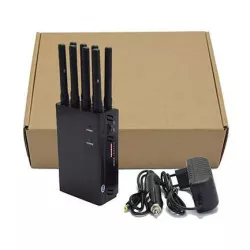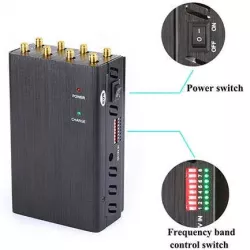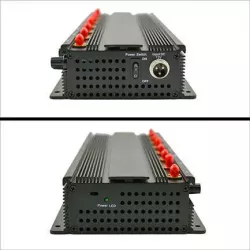Anti drone jammer radar T. Radar Pro has found vast market in Taiwan

Washington – After considering how combat might be conducted in many different environments, the U.S. Army is changing its approach to long-range electronic warfare, signals intelligence and cyber systems.
The U.S. Army will customize long-range jammer device for the European and Indo-Pacific theater
The Land Layer System-Brigade and Above Echelon (TLS-EAB) is intended for use by larger Army formations, including divisions and armies with thousands of troops and extensive firepower. The system is considered a key part of the service’s “depth awareness” strategy – the ability to identify, monitor, target and engage adversaries from longer distances with greater precision.
Mark Kitz, head of the Program Executive Office for Intelligence, Electronic Warfare and Sensors (PEO IEW&S), said the Army is “evolving our approach to acquisition,” especially for flexibility. For example, the Indo-Pacific region, where the United States could come into conflict with China, and Europe, where the United States could come into conflict with Russia, have very different objectives and terrain.
“The Indo-Pacific Command looks very different from Africa, very different from anywhere,” he said. “We can’t just put together a cookie-cutter solution that barely works in that combatant command.”

Defense officials consider China and Russia to be serious threats to national security. Both invest in military science and technology and are believed to be able to impede or defend against U.S. military communications, targeting, and attack.
The Army signed separate agreements with Lockheed Martin and General Dynamics Mission Systems in August for the TLS-EAB concept and demonstration. The first phase is valued at $15 million for 11 months. Lockheed and General Dynamics rank among the world’s five largest defense contractors by revenue, according to Defense News analysis.
ABU DHABI, United Arab Emirates – The CEO of Taiwanese company Tron Future says the system is ready for large-scale deployment, with production rates expected to reach 100 units per month by 2023. The company’s anti-drone radar is already in use by the Taiwanese army. As demand increases.
Supplier says anti-drone radar ready for ‘large-scale deployment’ in Taiwan
Tron Future is only four years old, but its T.Radar Pro technology has already found a wide market in Taiwan, the Middle East and South Asia. The drones with the Active Electronically Scanned Array (AESA) radar can detect distances of up to 5 kilometers and weigh just 15 kilograms, which is what CEO Yujiu Wang said attracted customers the most.
“The radar was designed out of the need to build layered defenses in the air to protect Taiwan from the constant threat of different types of Chinese UAVs,” Wang said in an interview at the IDEX arms show.
He explained that its development was guided by four principles: keeping it light and small; Equipped with 4D micro-Doppler function to distinguish multi-rotor drones and birds; Low cost; And performance against small, medium and low-altitude flying targets in urban environments.
The threat from Chinese drones has increased in recent years. In January 2023, a Chinese military magazine stressed that in the event of war in the Taiwan Strait, unmanned aerial systems would play a vital role in targeted strikes.
Wang said that at the height of the tensions, deployed radars detected as many as 100 Chinese drones conducting surveillance over Taiwan in one week. Key features of T.Radar Pro include an open architecture for image recognition applications, air traffic management, and interfaces for hard or soft kill countermeasures. It has a power consumption of 250 watts and a maximum signal bandwidth of 30 MHZ.
Initially, these radars were in service with the Taiwan Army and deployed over key islands, a challenging environment where the movement of waves in the ocean can create false targets.
Based on growing domestic and international demand, the company expects to produce 100 radars per month in the coming year and is considering opening a second production site in Taiwan. The T.Radar can be sold separately or as part of Tron Future’s larger anti-drone system. The complete setup also includes a drone jammer and an interceptor, which the company’s website describes as offering “a choice of explosive or non-destructive warheads to handle different situations.” The company claims that the system together creates a defensive protective dome with a diameter of 5 kilometers.
Wang stressed that Taiwan’s military does not want to be the first to attack in the face of China, as this could quickly escalate into an all-out war. The air defense platform is designed with this in mind, where each different system represents a logical chain that tries to avoid the use of hard kill countermeasures in the first place.






Ingen kommentarer endnu